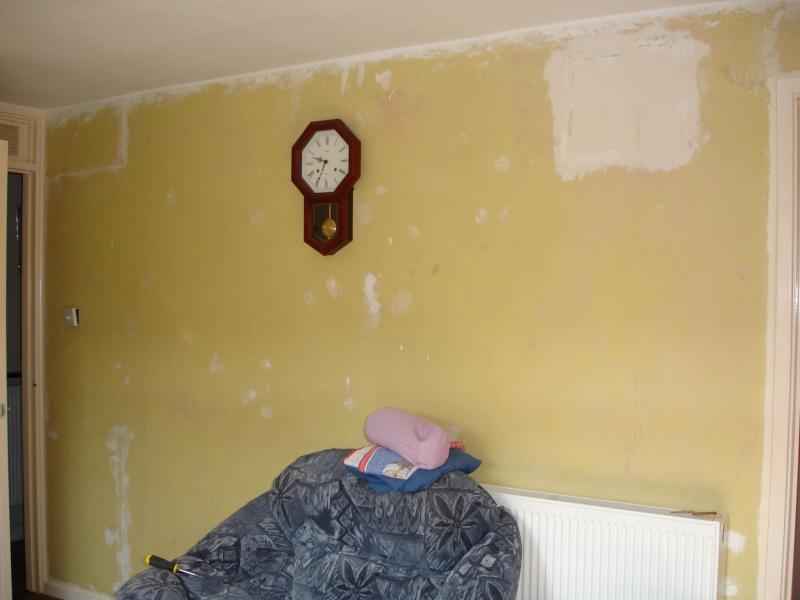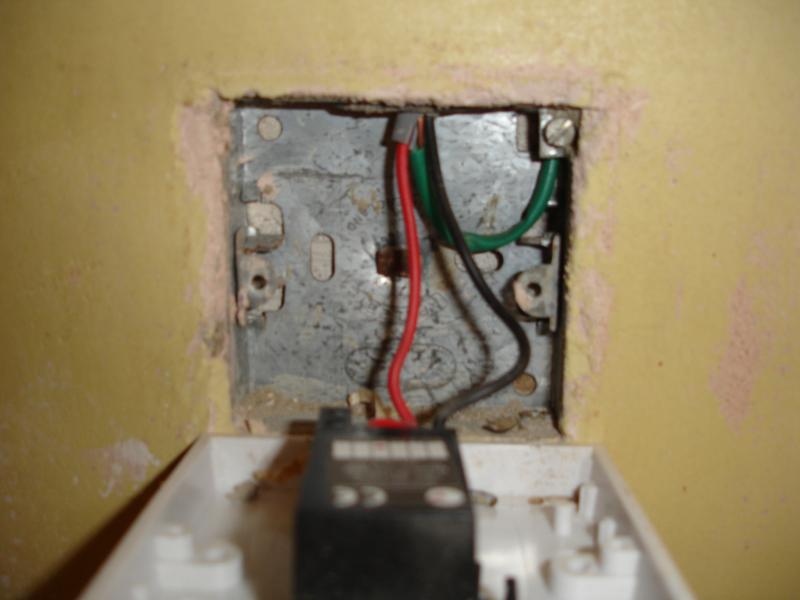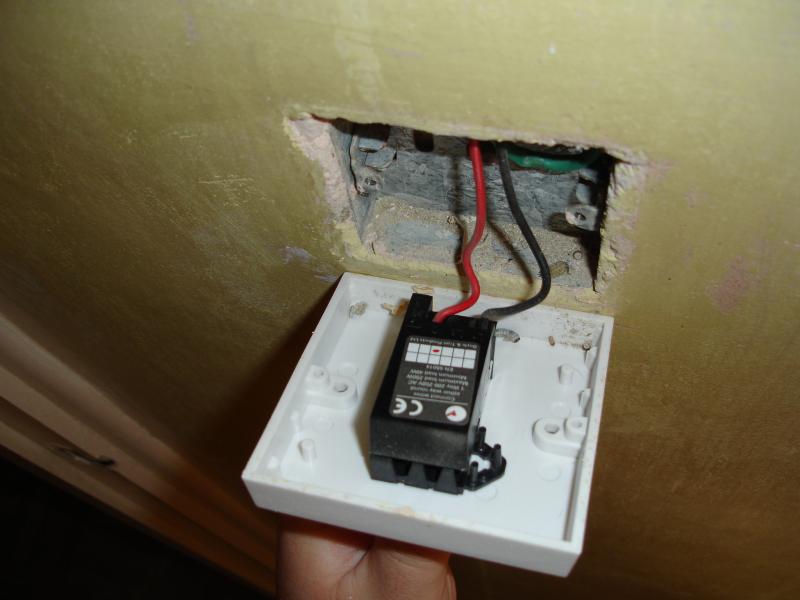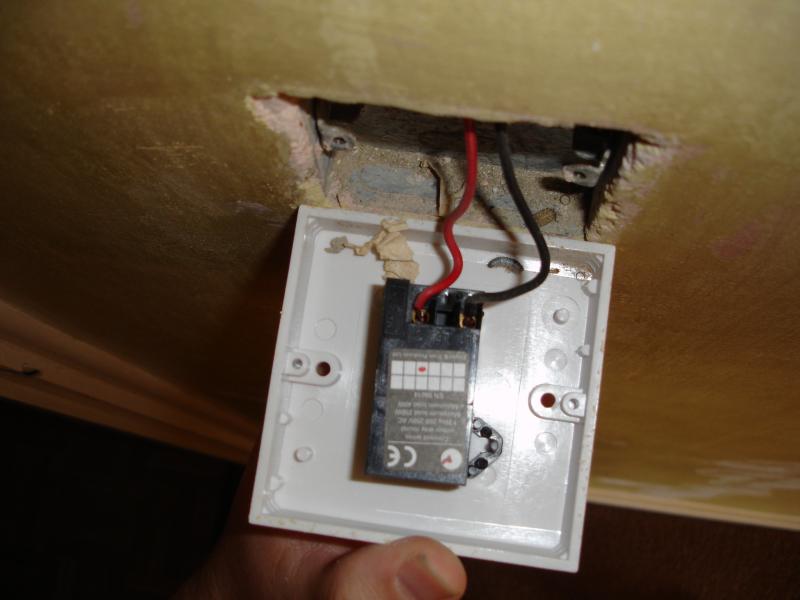By having two 2 way switches it will be more convenient for the user, also saves problems with concealed joints and cables zones.
You can chase across horizontally. You can also go up or down if you prefer, if the cable will be run under floorboards.
Basically, the cable needs to be in a straight run in line with the switches.
You can have one dimmer at one end or the other. You cannot have two (ordinary) dimmers. You can have two ordinary switches.
The switches you require are known as 1 gang 2 way. They have one switch, and three terminals on the back.
The dimmer will usually require a 25 mm deep back box.
Use grommets where the cable enters the back box, earth sleeving on bare earth wires. Oval conduit or capping is desirable and recommended over the cable if you are chasing it in. It's not expensive.
For wiring, choose a colour to use as common on the 3 core and earth cable. For the sake of argument, lets say brown is the common, black is L1, and grey is L2.
At existing switch
Connect new brown to common
New black and old red to L1
New grey and old black to L2
At new switch
Connect new brown to common
New black to L1
New grey to L2
By rights, all these these wires should be sleeved red/brown to indicate they are live wires.
Switch markings can vary according to which manufacturer.
Com
L1
L2
is usual
Crabtree, for instance, use
Com = L1
L1 = L2
L2 = L3
Work safely, and if in doubt ask for help first.
Look up safe zones for cables.






